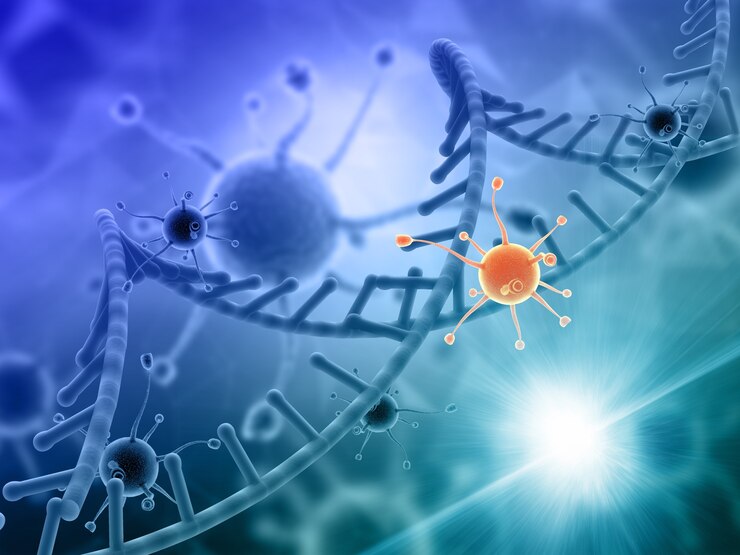In the quest for innovative solutions to global challenges such as climate change, resource depletion, and disease, scientists are increasingly turning to a revolutionary field known as synthetic biology. This interdisciplinary field combines principles from biology, engineering, computer science, and chemistry to design and construct biological systems with novel functionalities. In this blog post, we’ll explore the burgeoning field of synthetic biology, its applications, and the potential it holds for shaping a sustainable future.
Understanding Synthetic Biology:
At its core, synthetic biology seeks to apply engineering principles to biology, treating DNA as a programmable material that can be manipulated and designed to perform specific tasks. By assembling genetic components like building blocks, researchers can create biological circuits, pathways, and organisms with customized functions and properties.
Synthetic biology encompasses a wide range of techniques and methodologies, including DNA synthesis, genome editing, metabolic engineering, and protein design. These tools enable scientists to engineer microbes, plants, and even animals to produce valuable compounds, remediate environmental pollutants, and perform complex tasks with precision and efficiency.
Applications of Synthetic Biology:
Synthetic biology has the potential to revolutionize numerous industries and address pressing challenges facing society. Some of the most promising applications include:
- Sustainable Agriculture: By engineering crops for enhanced yield, disease resistance, and nutrient utilization, synthetic biology can help address food security issues and reduce the environmental impact of agriculture. Additionally, genetically engineered microbes can be used to produce fertilizers, pesticides, and biofuels in a more sustainable manner.
- Biopharmaceuticals: Synthetic biology offers new opportunities for the production of therapeutic proteins, vaccines, and pharmaceuticals. Engineered microbes and cell lines can be designed to produce complex molecules with higher yields, lower costs, and improved efficacy, accelerating drug discovery and development processes.
- Environmental Remediation: Synthetic biology can be used to design microbes capable of degrading pollutants, detoxifying contaminated environments, and capturing carbon dioxide from the atmosphere. These engineered organisms offer promising solutions for cleaning up oil spills, remediating industrial waste sites, and mitigating the effects of climate change.
- Bioenergy: Synthetic biology holds the potential to transform the bioenergy sector by enabling the production of renewable fuels and chemicals from biomass. Engineered microbes can ferment agricultural residues, algae, and other organic materials into biofuels such as ethanol, biodiesel, and hydrogen, reducing reliance on fossil fuels and mitigating greenhouse gas emissions.
Challenges and Future Outlook:
Despite its immense potential, synthetic biology faces several challenges that must be addressed to realize its full impact. These challenges include regulatory hurdles, ethical concerns, safety considerations, and public perception of genetically modified organisms (GMOs).
Furthermore, ensuring responsible stewardship of synthetic biology requires collaboration among scientists, policymakers, industry stakeholders, and the public to establish guidelines, standards, and best practices for the safe and ethical development and deployment of synthetic biology technologies.
Looking ahead, the future of synthetic biology holds promise for addressing some of the most pressing challenges facing humanity, from sustainable food and energy production to environmental conservation and healthcare. By harnessing the power of biology and engineering, synthetic biology has the potential to revolutionize industries, reshape ecosystems, and pave the way for a more sustainable and resilient future.


